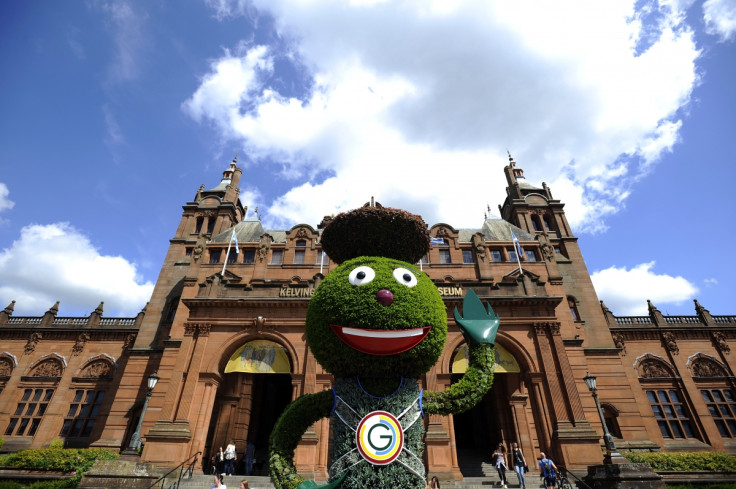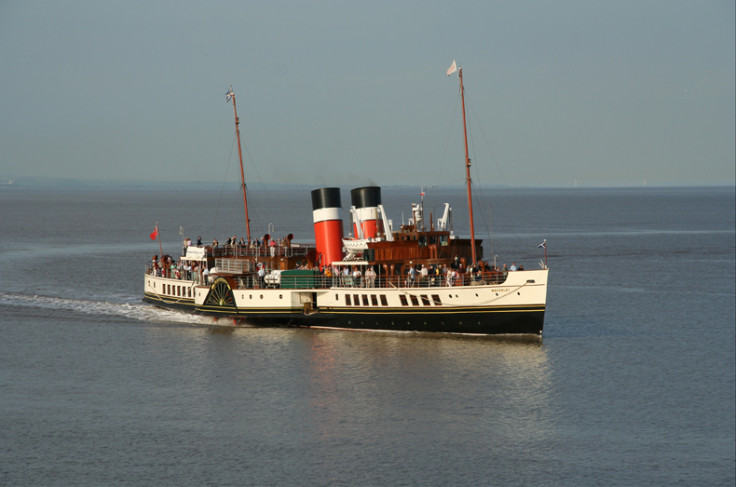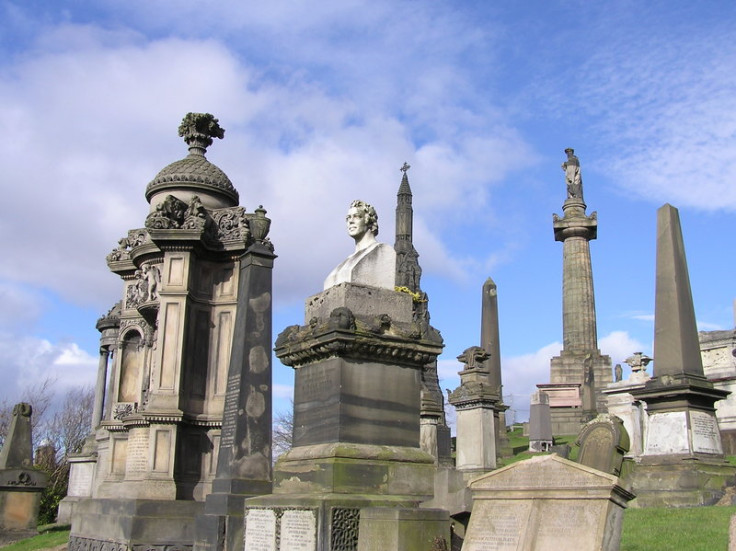Commonwealth Games 2014: Ten Unusual Facts You Might Not Know About Glasgow

The 2014 Commonwealth Games will open tonight in Glasgow, Scotland and will see thousands of athletes and sporting fans from 71 nations descend on the Scottish city for the world's fourth largest multi-sport event.
But how much do you about Glasgow, besides the fact that it is Scotland's largest city and the third largest city in the United Kingdom?
Let's take a look at ten unusual, weird and whacky facts about Glasgow that you might not know:
1. Longest bar in the UK
Fancy a pint in between supporting your favourite athletes at the games? Well you might want to check out the Horse Shoe Bar in Drury Lane, which holds the current Guinness World Record for being the longest continuous bar in the UK at 104 feet and 3 inches. The pub is also a good place for celebrity-spotting.
2. Statue of Liberty

Can't go to New York to visit the big one? Well you can drop by the Glasgow City Chambers to check out Scotland's own miniature Statue of Liberty, which stands proudly on the building's pediment amidst a stunning array of sculptures carved in the Victorian times. Tours of the chambers show off stunning mosaics, marble staircases and carved archways within.
3. The Second City
At the height of the British Empire during the 19<sup>th century, Glasgow was considered to be the second city of the Empire after London. Unfortunately the city lost its standing in the 20<sup>th century.
4. You can climb a crane

In addition to culture and history, Glasgow boasts one of the most unusual tourist attractions –the Titan Clydebank, a century-old shipbuilding crane that you can pay money to climb 150 feet to get to the top. Besides being an enduring symbol of Glasgow's ship-building heritage, the Titan offers spectacular views across the city.
5. First TV images broadcast in Glasgow
The television was invented by Scottish engineer John Logie Baird in the 1920s, and the first public demonstration of a long-distance television broadcast was transmitted from London to the Central Hotel at Glasgow Central Station, an impressive hotel that resembles a Roman temple and is well worth the visit.
6. Ride the world's last remaining paddle steamer

Have you always wanted to take a ride on a paddle steamer? Take a ride up the Firth of Clyde in The Waverley, the last remaining paddle steamer boat that has been restored to its former glory and showcases intact period interiors. The Waverley is open for rides between May to August. The rest of the time, she is featured in films and sails around Wales, Bristol and even down the Thames.
7. Roman bath house
Always wanted to see a Roman bath house? Well, there is one along the Roman Road in Bearsden, a suburb of Glasgow, on the site of an ancient Roman fort that was found when Victorian mansions were demolished in the 1970s.
8. St Valentine and St Mungo
If you're interested in patron saints and their holy remains, Glasgow is home to not one but two saints – St Mungo, the patron saint of Glasgow, whose tomb is located in the crypt of Glasgow Cathedral, while part of St Valentine's remains are housed in the Blessed St John Duns Scotus.
9. The Necropolis

It might be a bit morbid, but if you have a thing for cemeteries and have always wanted to visit the Père Lachaise in Paris, well then the Glasgow Necropolis is the next best thing. This 37-acre Victorian cemetery features stunning architecture and sculptures and is home to 50,000 departed souls with fascinating stories that you can learn about on guided walking tours.
10. Murder capital of Europe
Not the nicest fact to know, but Glasgow became known as the murder capital of Europe in 2003. However, there will doubtless be lots of security around to protect the influx of tourists, athletes and sports fans, so don't be too worried.
© Copyright IBTimes 2025. All rights reserved.





















